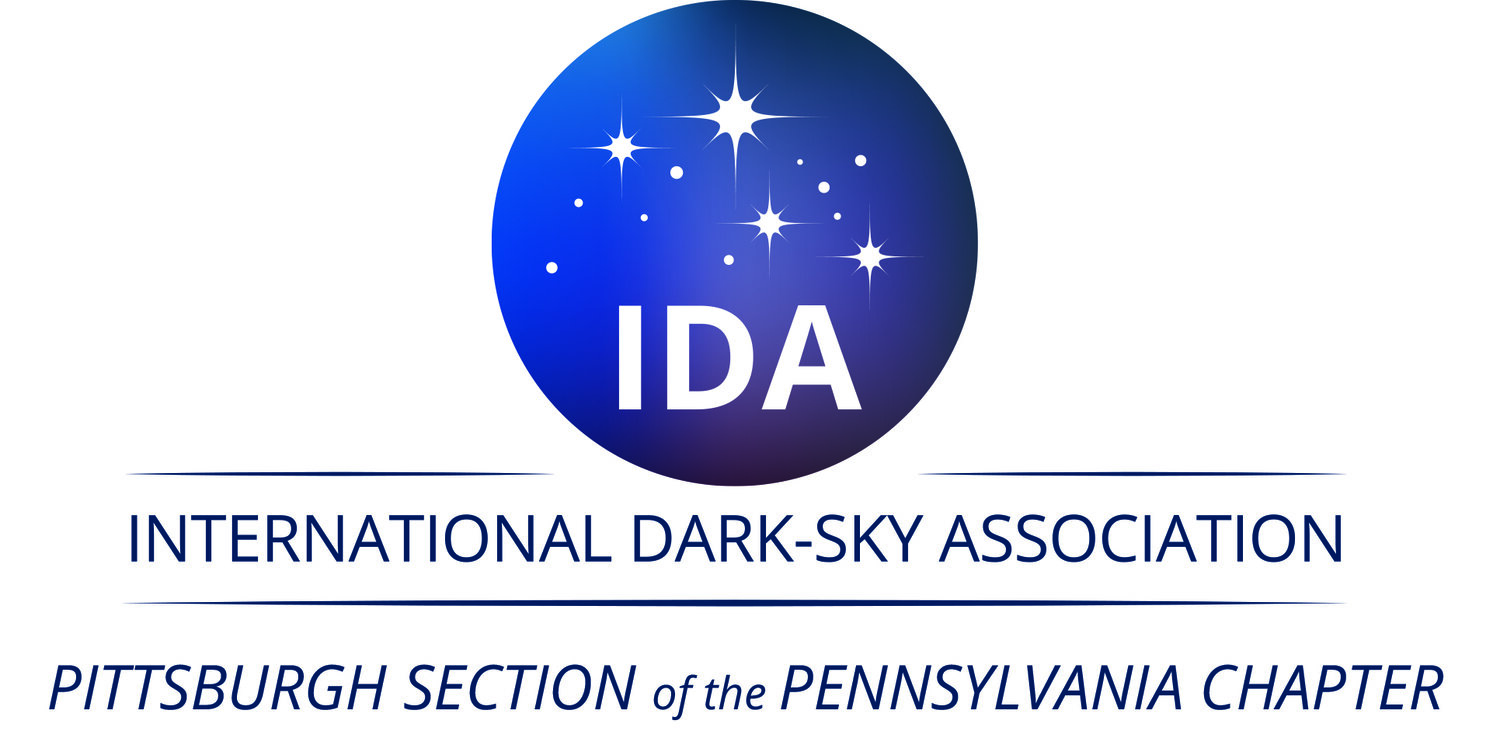Wildlife
All wildlife is impacted by the negative effects of light pollution:
Birds rely on the moon for night time navigation. Bright lights can confuse birds. For example, at the site of the Twin Towers memorial in New York City, workers at the memorial have noticed birds flying around the spotlights high in the sky. These birds would fly until they dropped from the sky in exhaustion. Now, someone watches the number of birds and turns off the spotlights frequently to allow birds to fly away.
Lights are impacting insects. Some insects rely on darkness for mating, migration and pollination.
When sea turtles hatch, they rely on the moon to know how to get offshore and into the water. Recently, many coastal cities have installed lights to be used during hatching season to prevent the hatchlings from coming inland.
Nature
We burn enough coal to produce 15 million tons of carbon dioxide per year. Thirty-five percent of the energy used is wasted by poor lighting and lights left needlessly turned on at night. By reducing light pollution, we are also reducing carbon emissions from creating the power needed for lighting.

